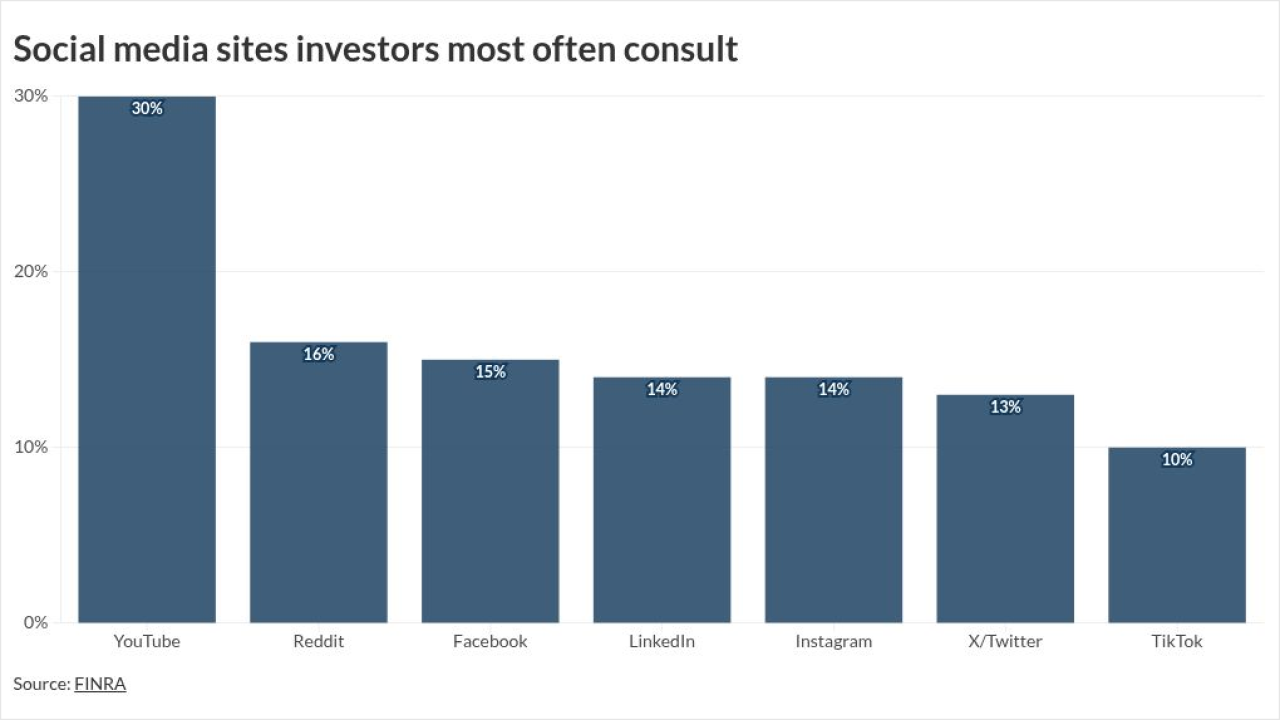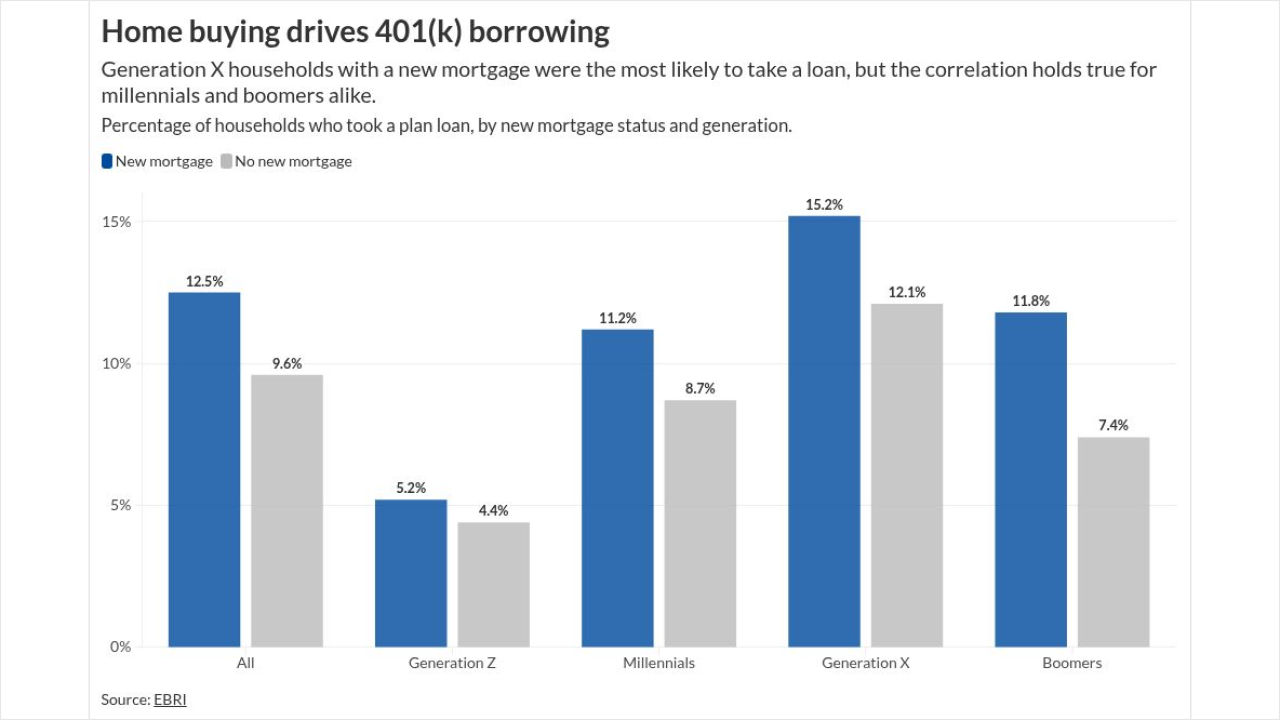The first-quarter numbers are in for several of the biggest hedge fund managers who invest billions of dollars across strategies and asset classes. For the most part, the results are underwhelming.
-
Following criticism for its faulty 2016 election algorithms, the firm appointed a new research director to collaborate with its quants and money managers.
March 5 -
The recent plunge raised suspicions that quants had caused or exacerbated the sell-off.
February 14 -
Despite returns of about 8% last year, the products lagged behind the S&P 500’s 22% climb.
January 5
Of six major funds for which returns were available, all underperformed the broader global equity market, which rallied the most in nine years last quarter. With bond indexes also gaining, the pressure on hedge funds to prove their mettle — and justify their fees — continues. The average multi-strategy hedge fund gained 1.24%, according to preliminary asset-weighted estimates by Eurekahedge.

The main fund at Ken Griffin’s $29 billion Citadel is leading the large multi-manager platform firms, which count on small teams of traders to manage money independently from one another.
“Just like equities, last year was a volatile year and the fourth quarter of 2018 did a number on the returns of risk assets,” an expert says.
Here’s how their flagships did, according to people with knowledge of the matter:
- Citadel 6.35%
- Point72 Asset Management 4.8%
- Balyasny Asset Management 4.2%
- ExodusPoint Capital Management 2%
- Millennium Management 1.7%
Och-Ziff Capital Management, whose multi-strategy hedge fund isn’t structured as a platform, beat them all. That fund, which managed $10.4 billion as of Dec. 31, gained 7.93% in the first three months of the year, according to a company filing.
The S&P 500 handed investors returns of 14% and U.S. high-yield bonds made 7.3%, according to the Bloomberg Barclays indexes. U.S. investment-grade debt edged higher for a third-straight quarter






